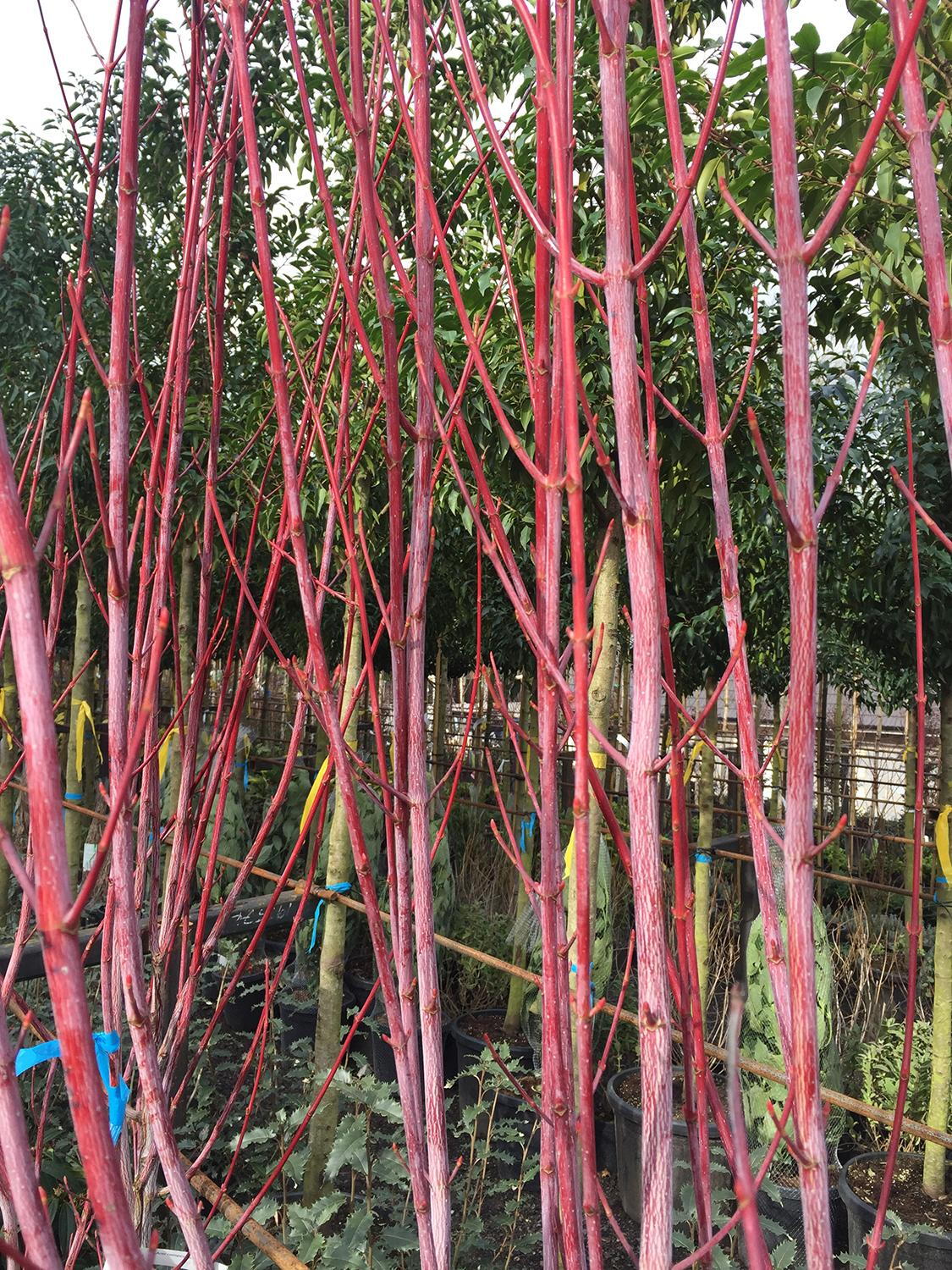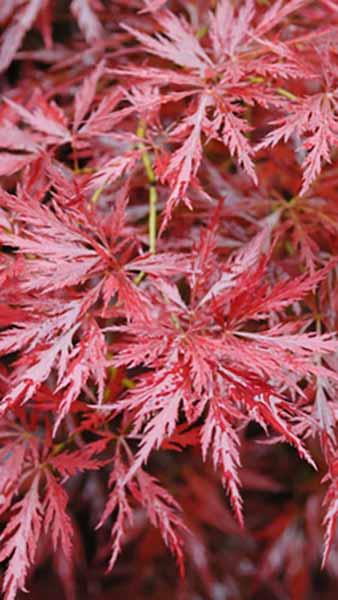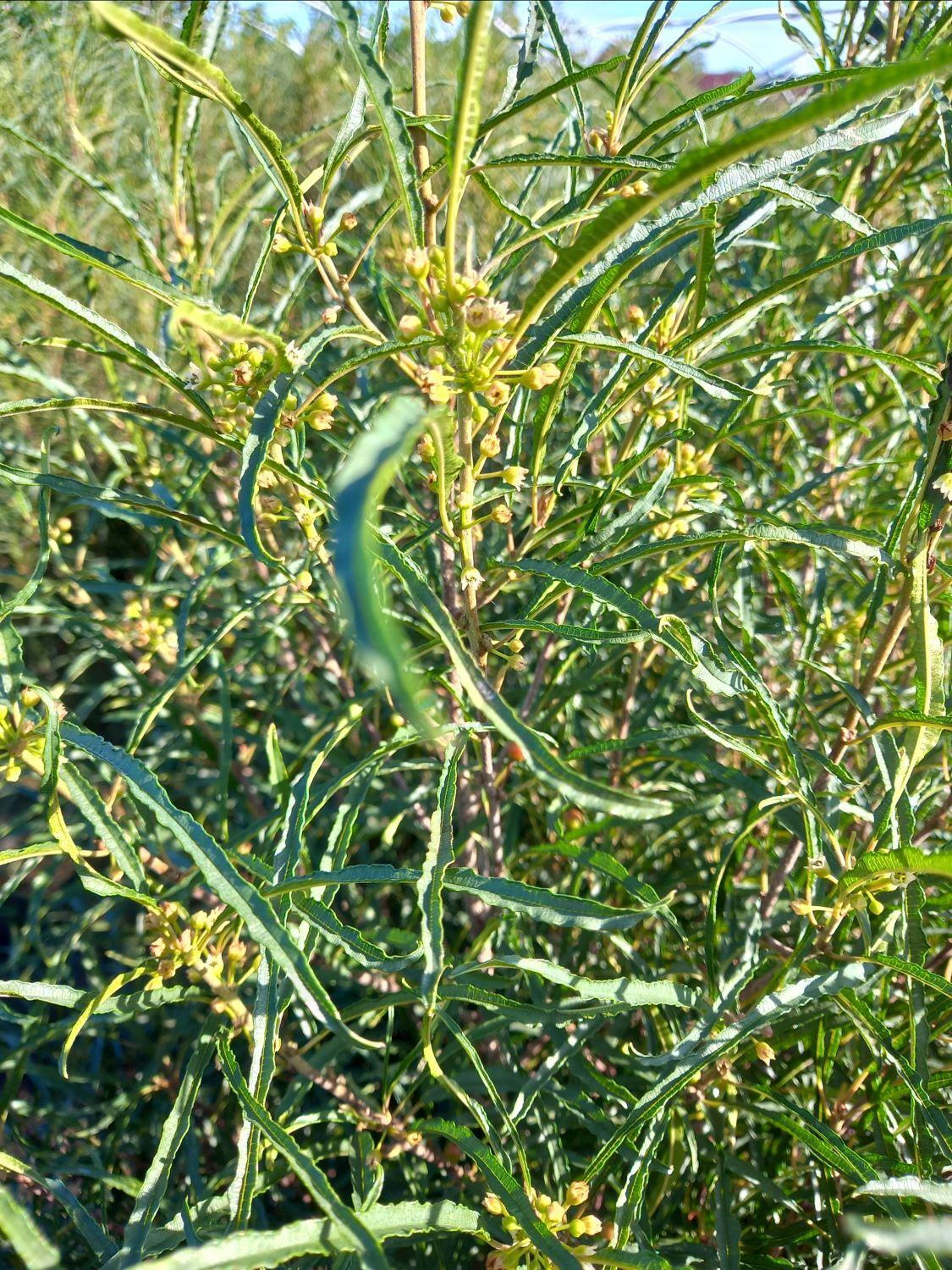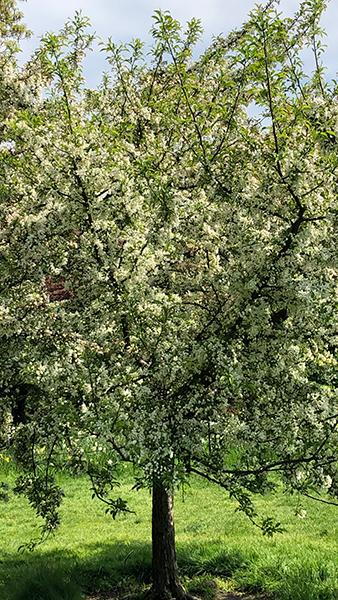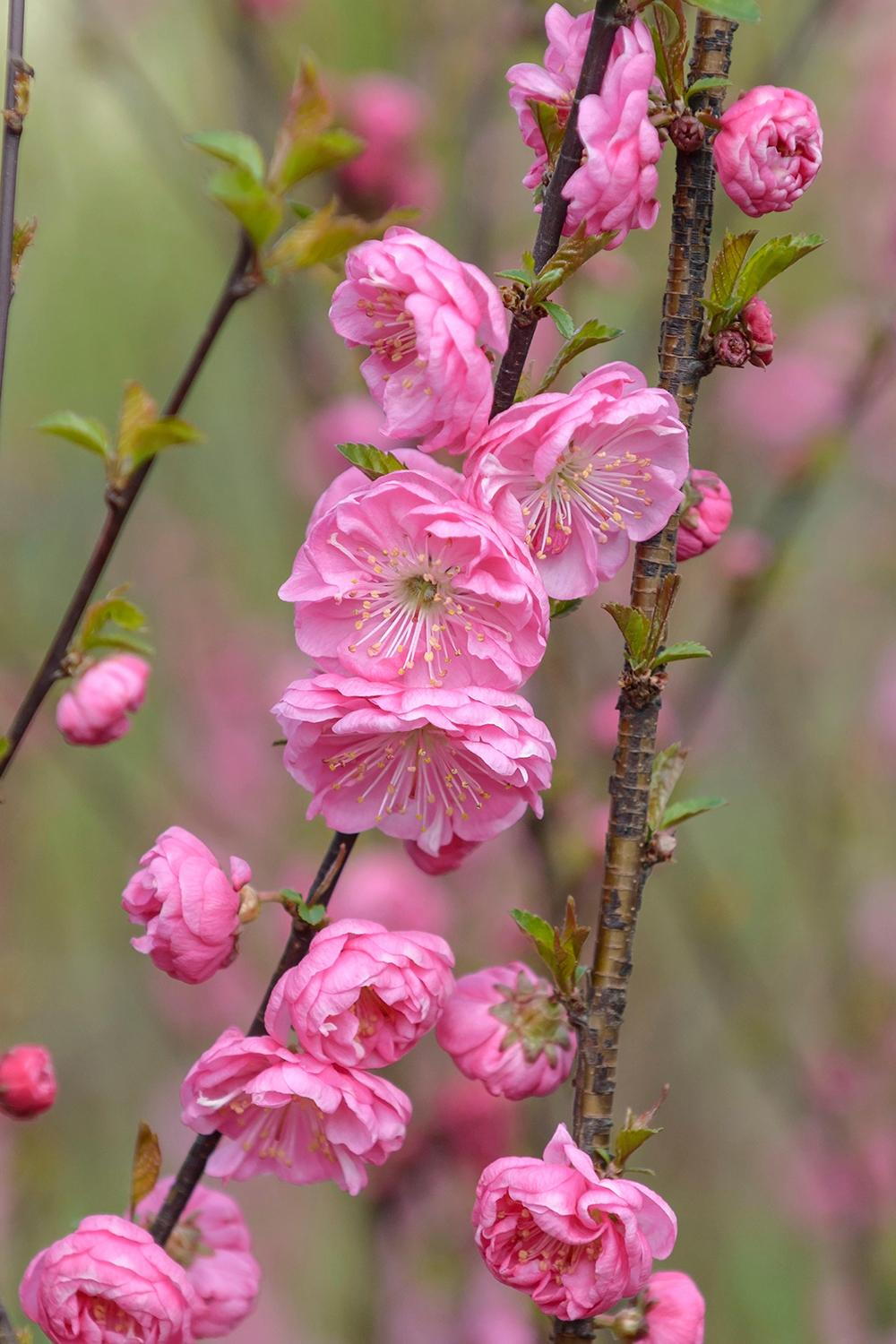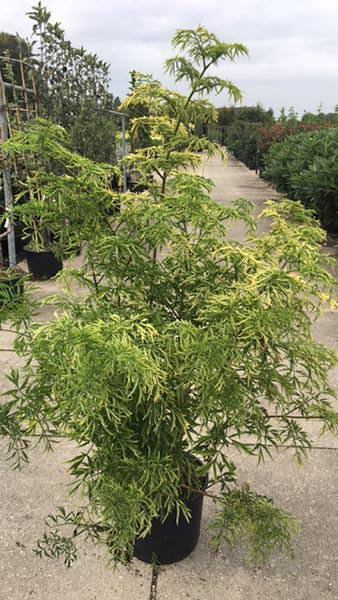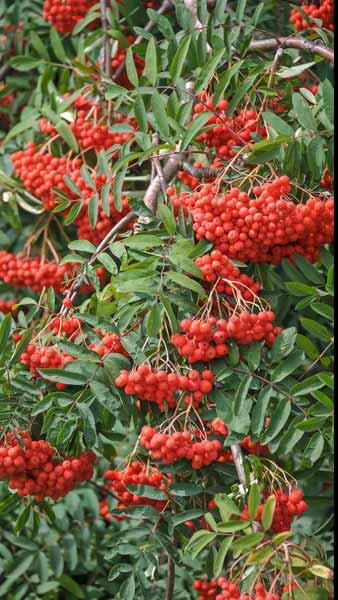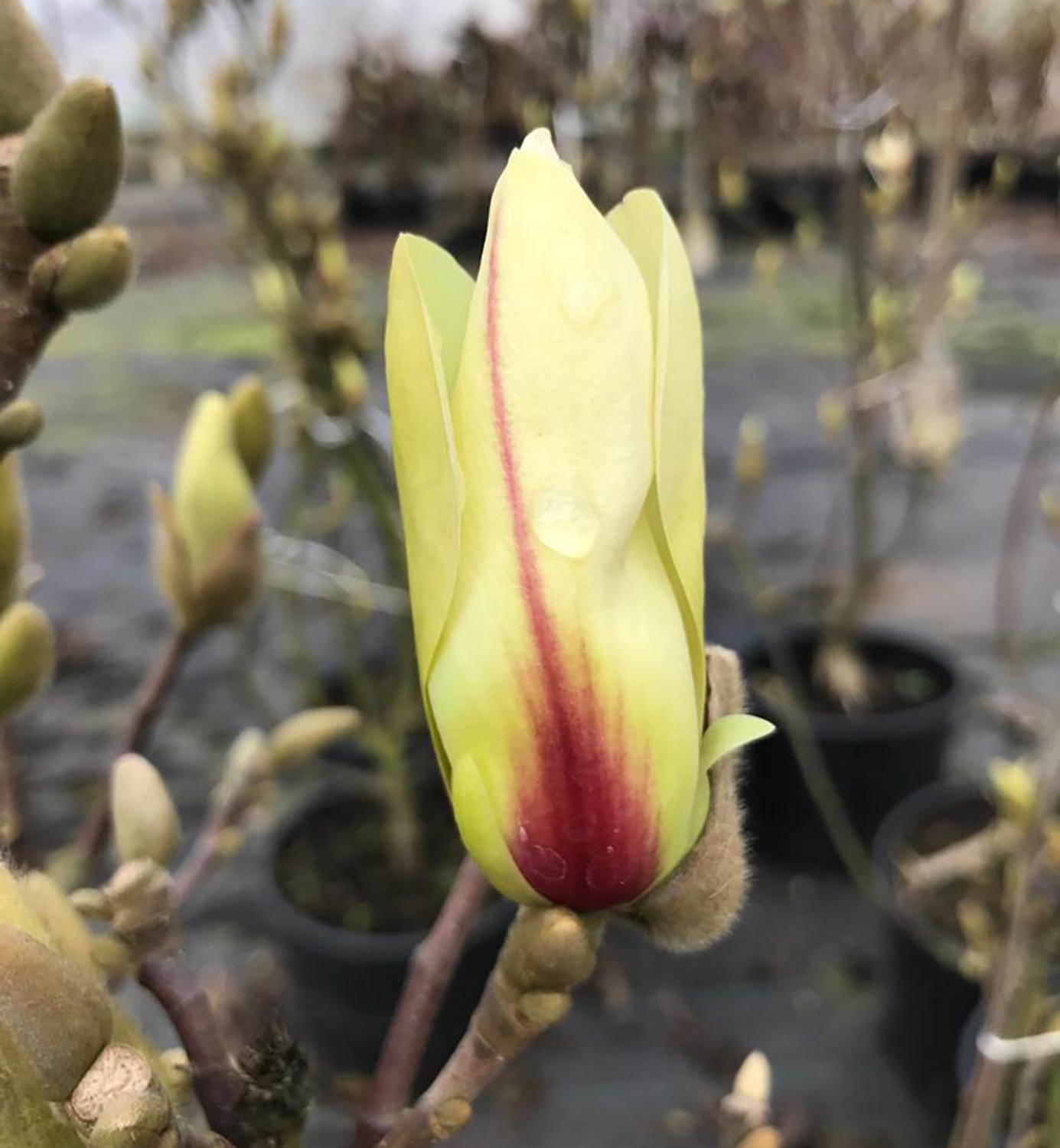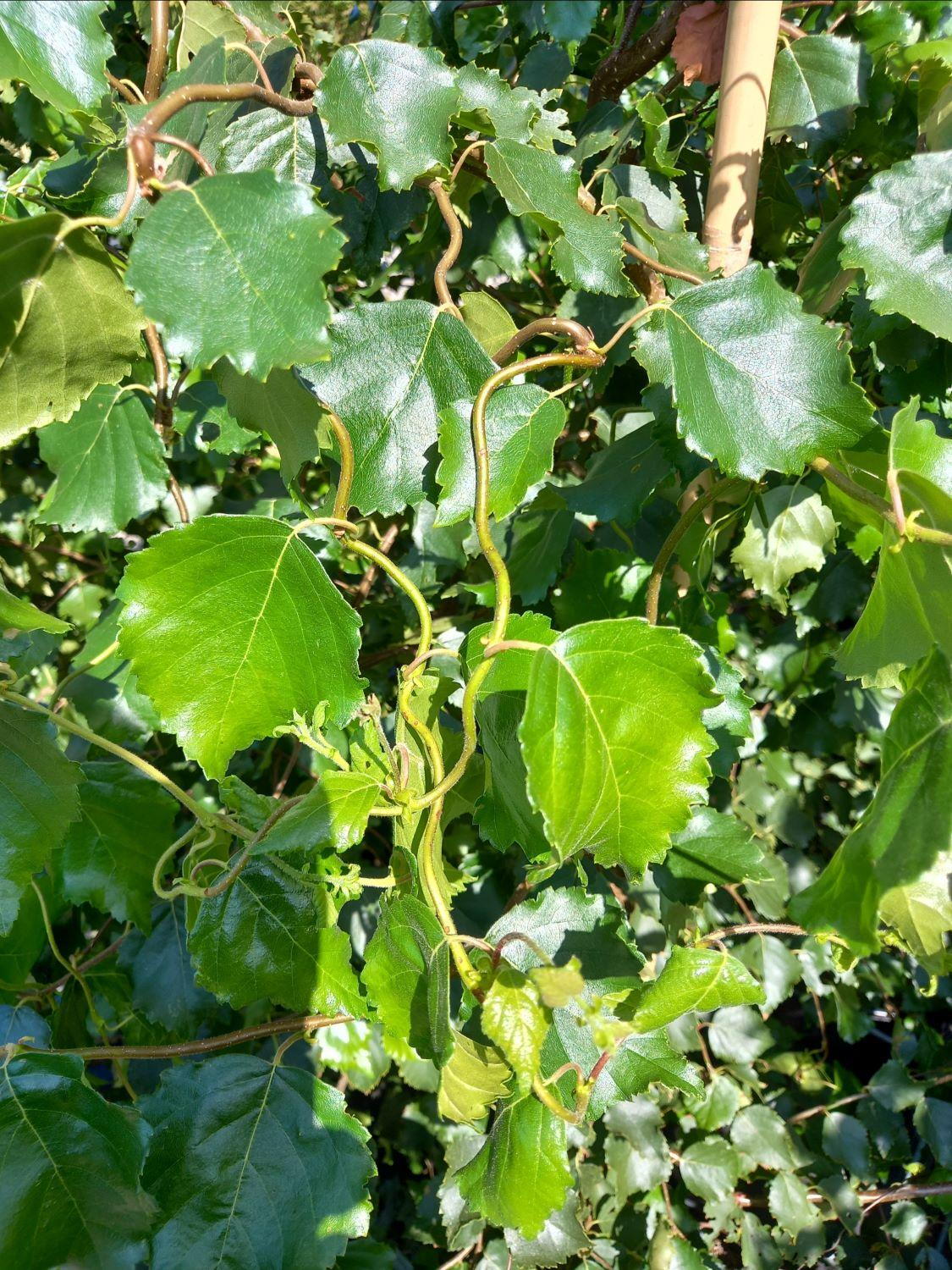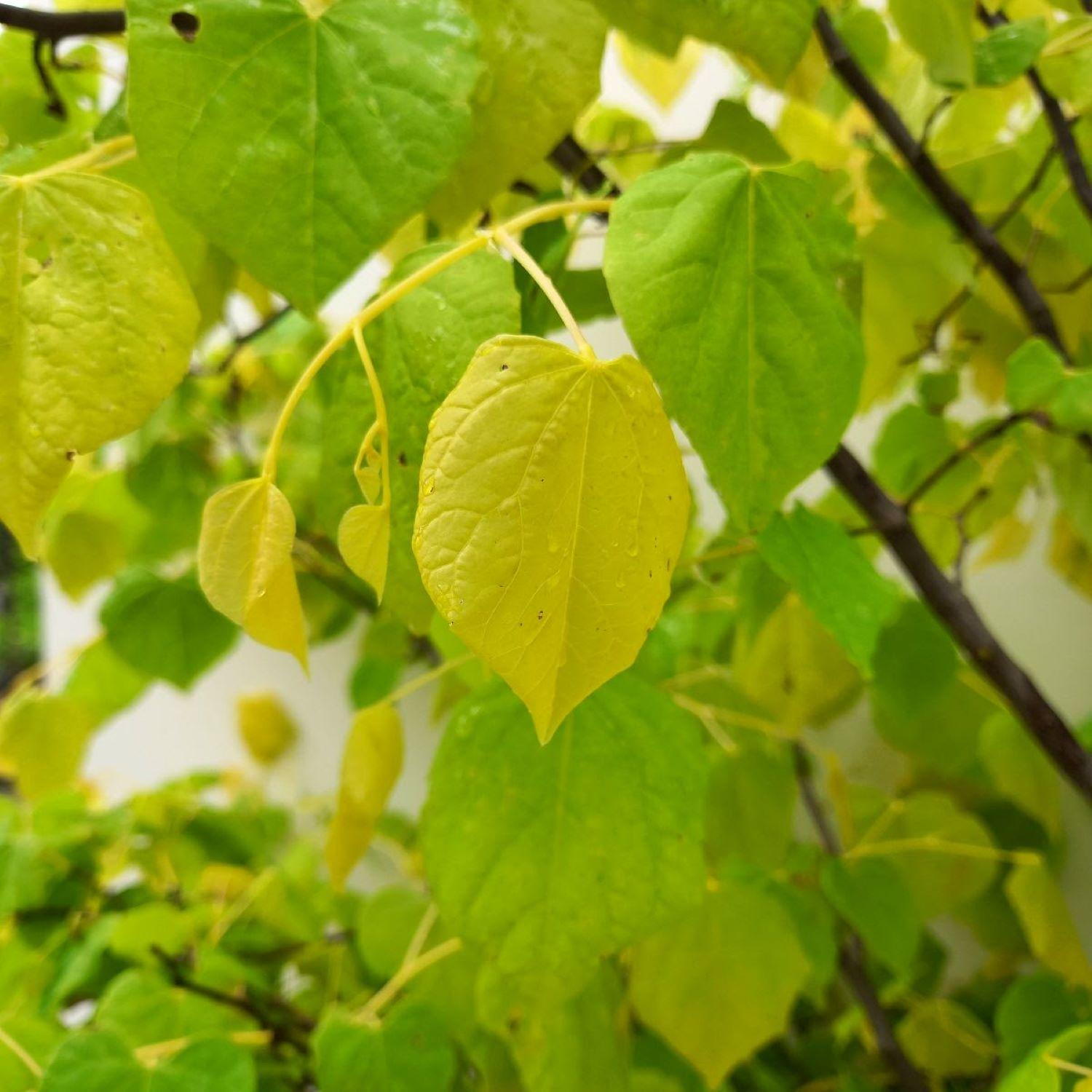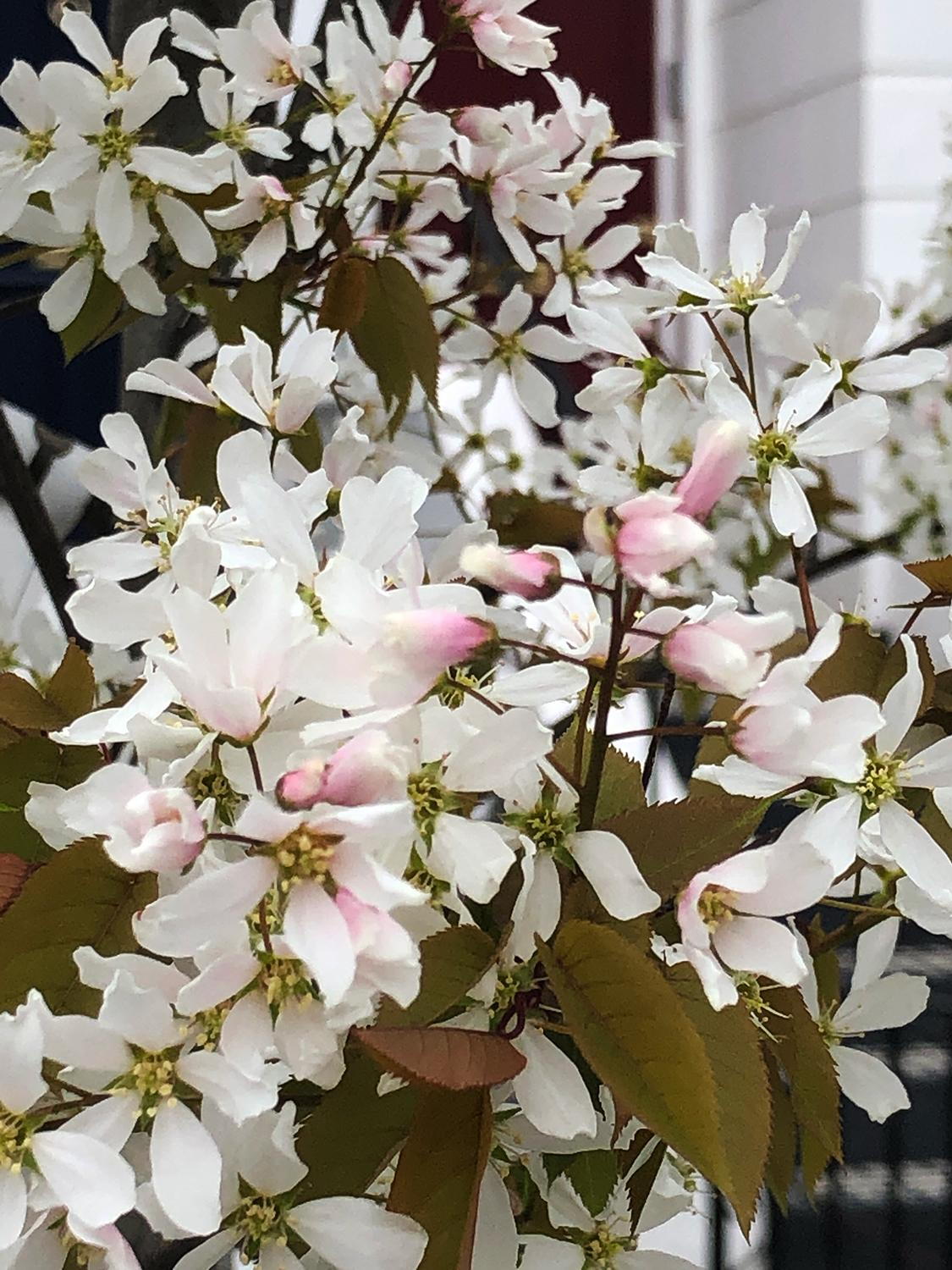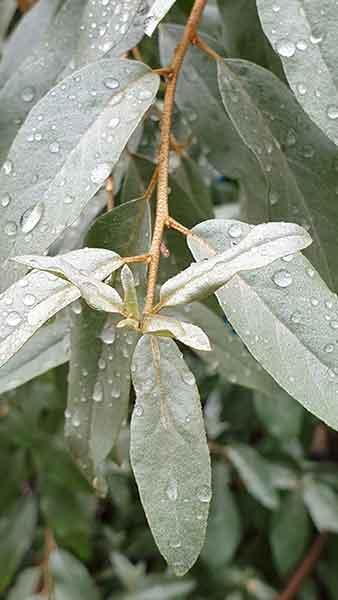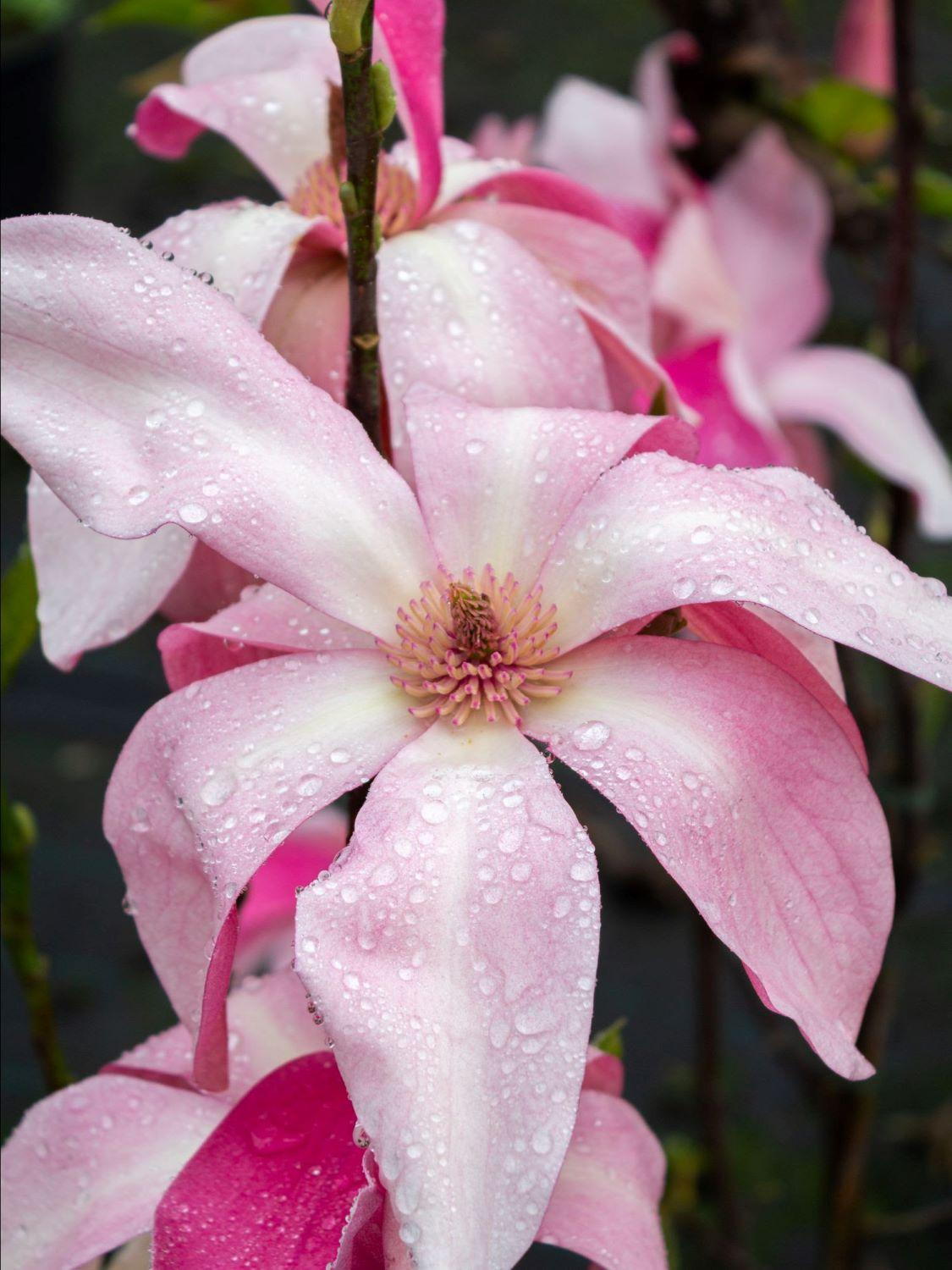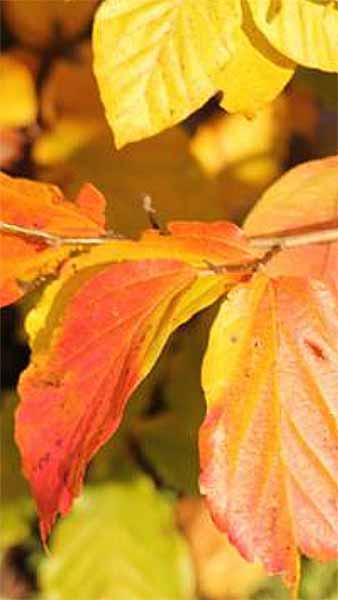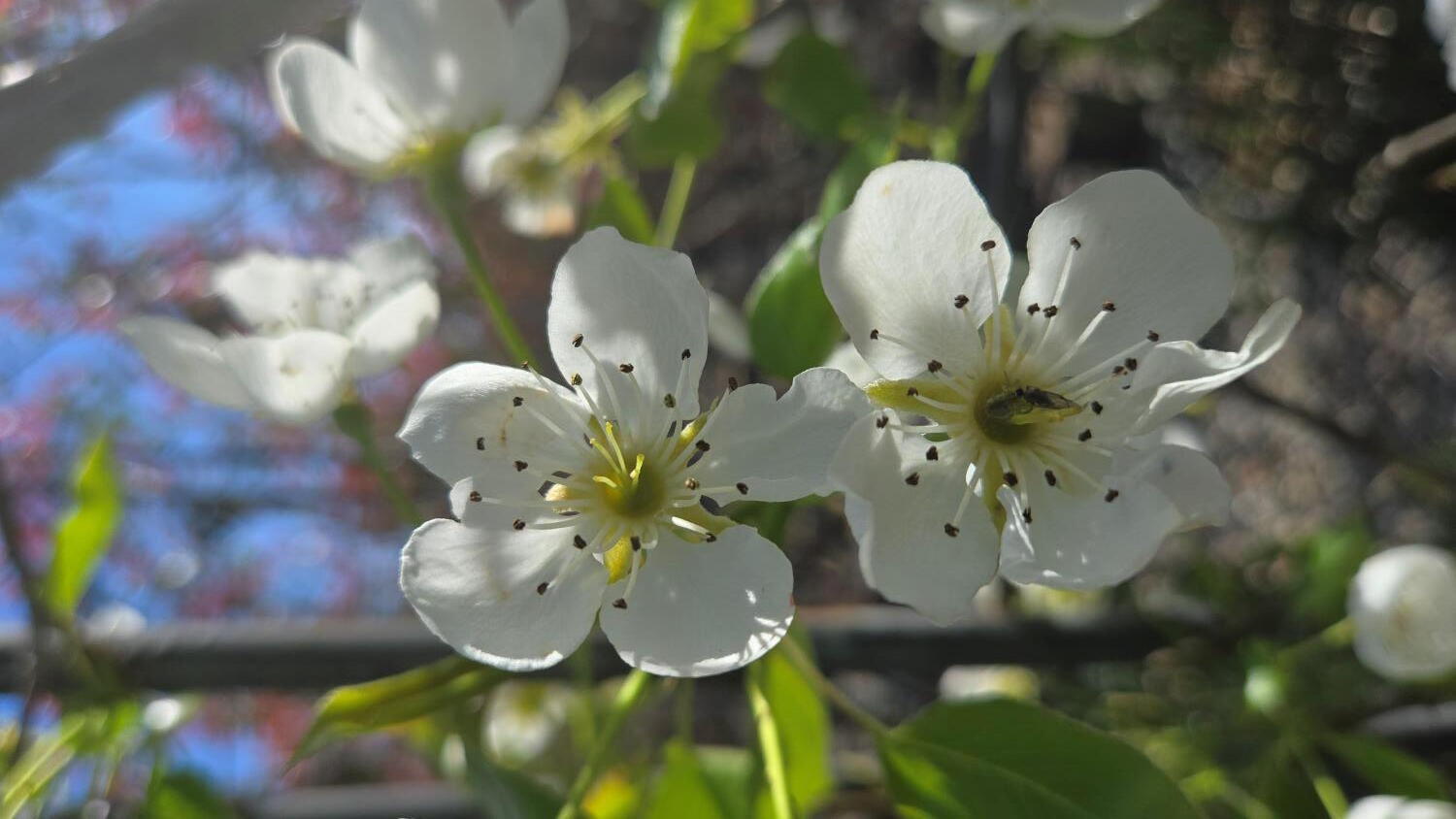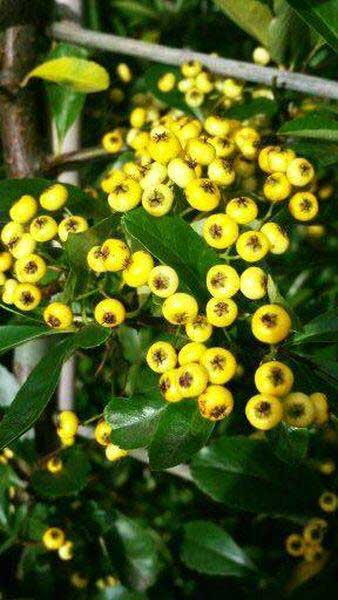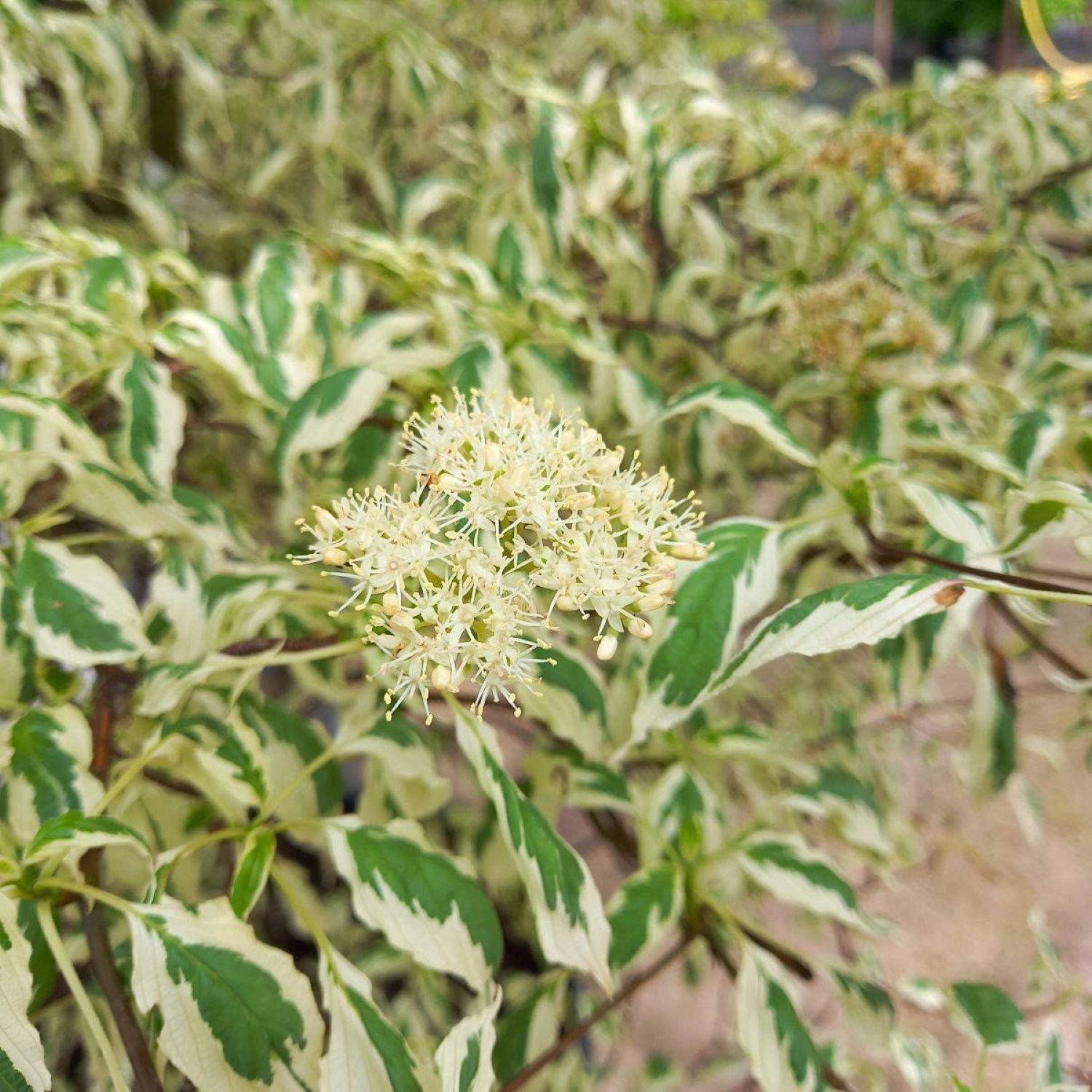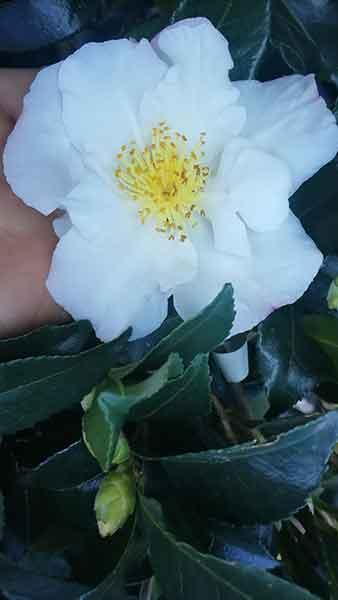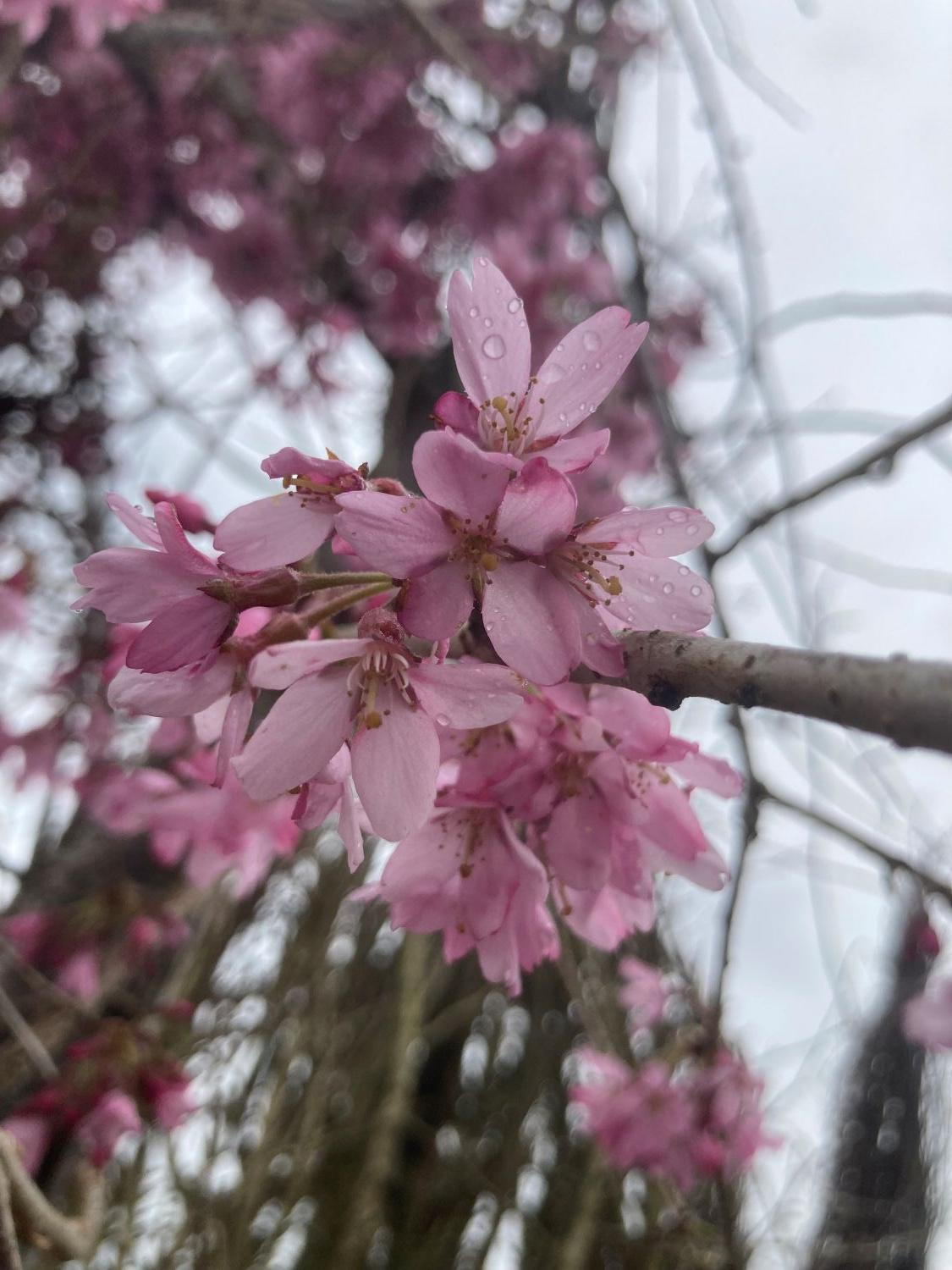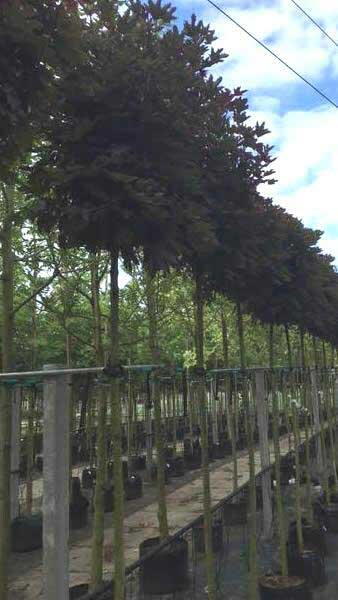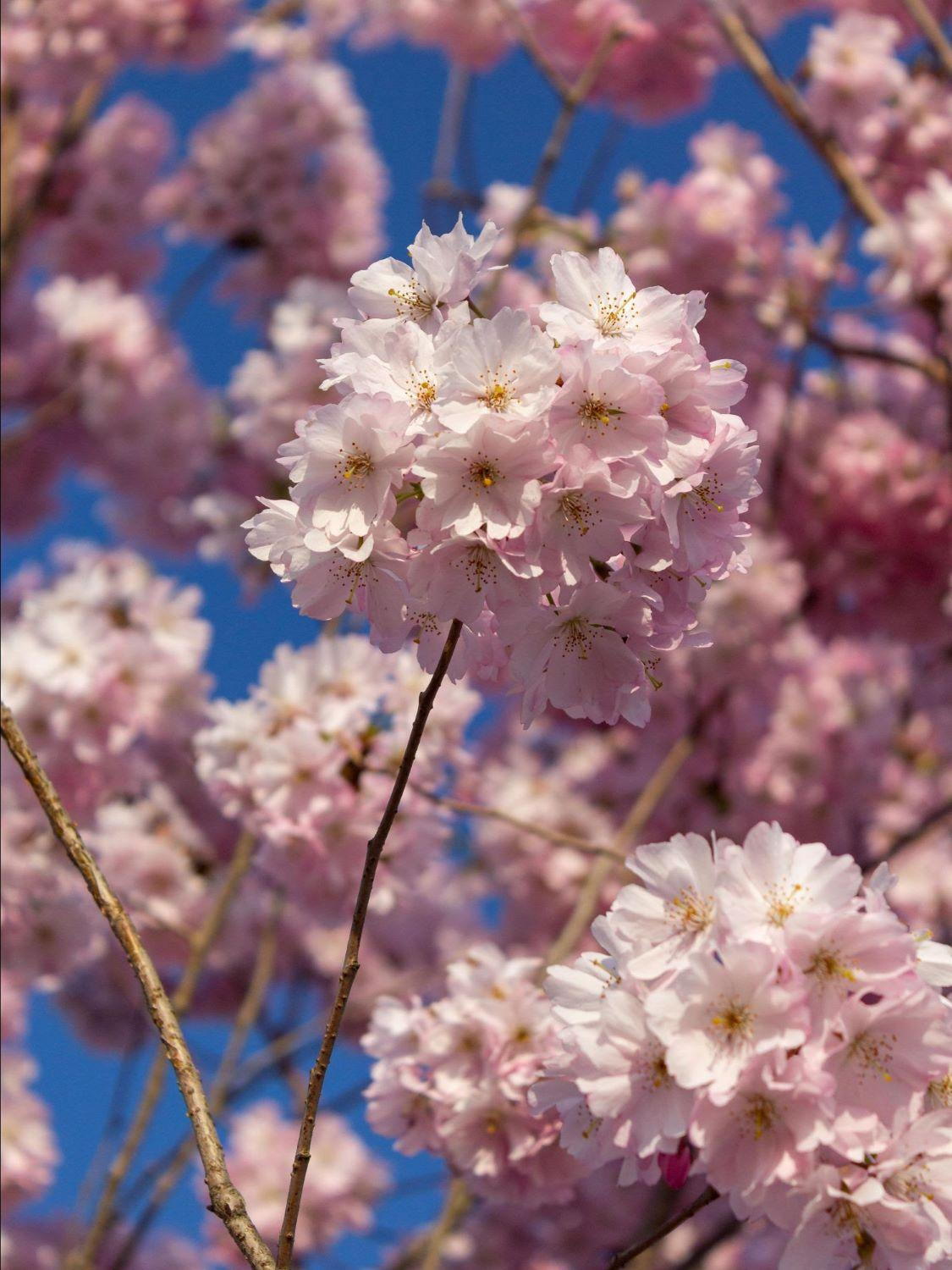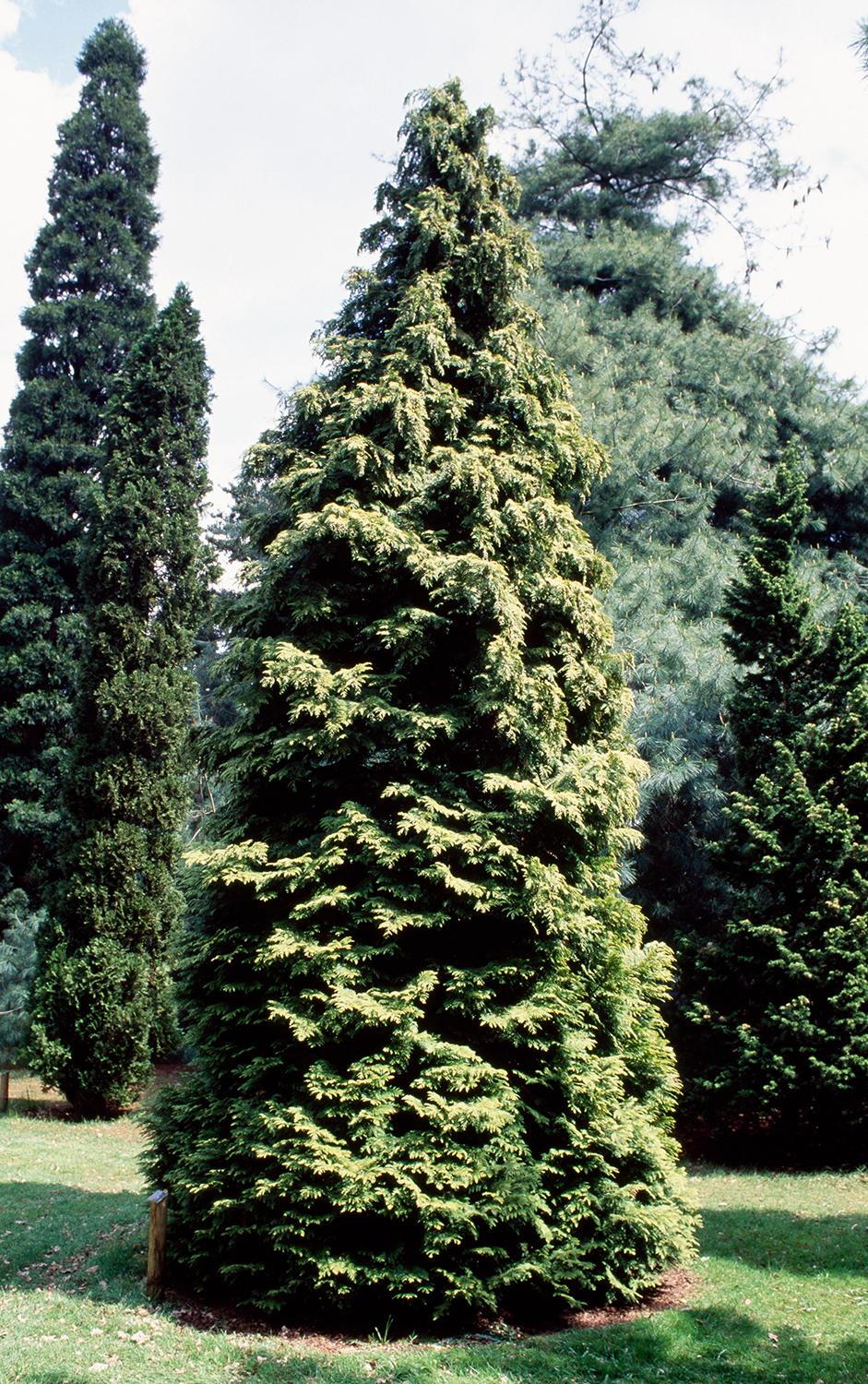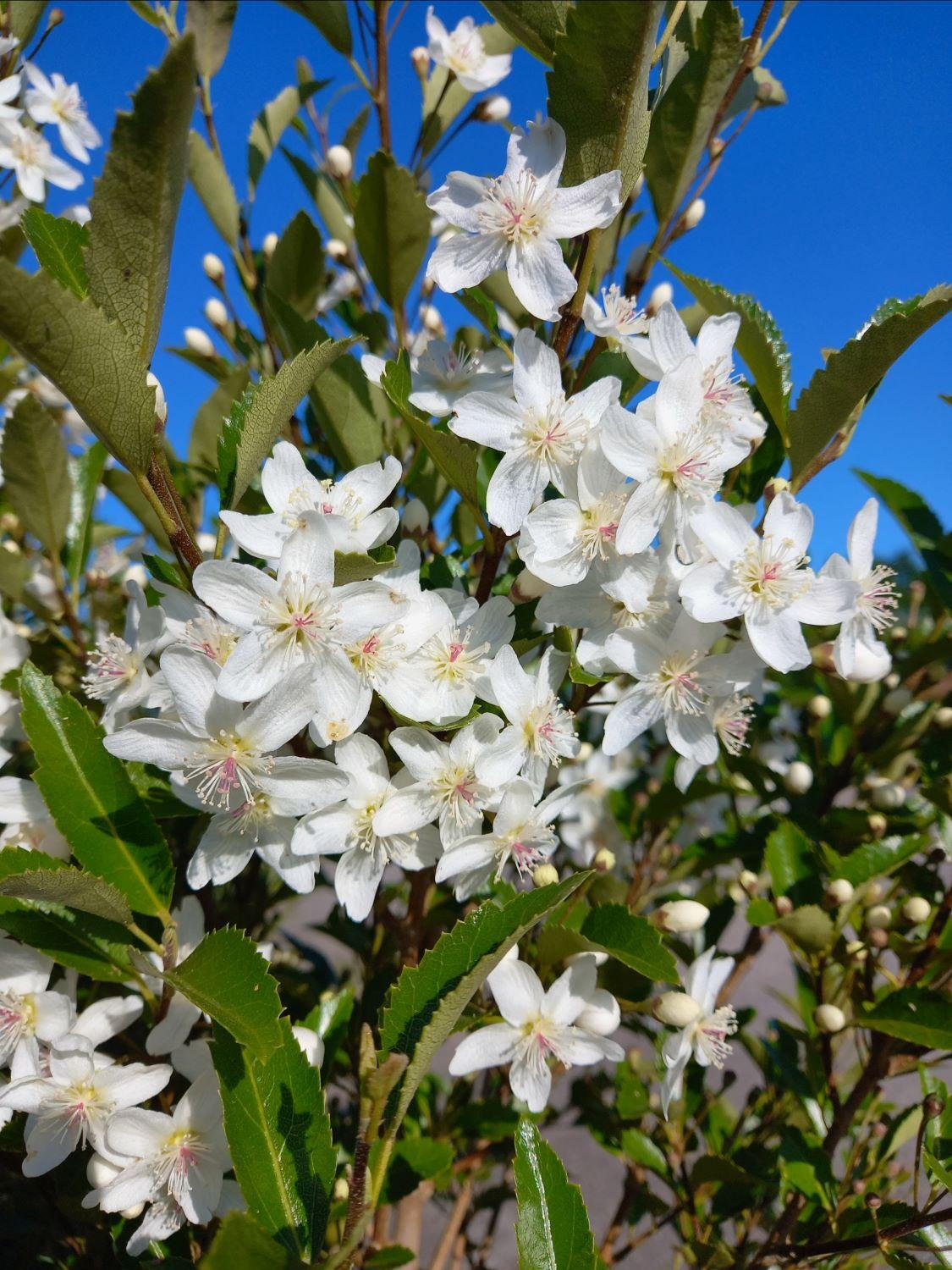Ilex Altaclerensis Golden King Holly Golden King Variegated
Botanical Name: Ilex altaclerensis 'Golden King'Common Name: Holly Golden KingIlex altaclerensis Golden King, commonly known as Holly Golden King, is a striking evergreen shrub or small tree with distinctive, boldly variegated foliage. Despite its regal name, this is a female holly cultivar, producing clusters of small, reddish-brown berries in autumn and winter when a male pollinator is nearby. Highly ornamental yet robust and easy to maintain, Ilex Golden King is a popular choice for hedging, evergreen screening or as an architectural focal point in both formal and informal garden settings. Awarded the RHS Award of Garden Merit, this holly is a dependable performer across a wide range of garden conditions.Holly Golden King is an upright, bushy evergreen shrub with a rounded habit that can mature into a small tree if left unpruned. Its standout feature is its handsome foliage: broad, leathery leaves with slightly undulating, softly spined edges. The leaves are mid to dark green in the centre, edged with a generous margin of bright golden yellow that lends year-round colour and brightness, especially in shadier garden corners. Occasionally, some leaves may emerge fully golden, adding further variation and seasonal interest.In late spring, small clusters of creamy white flowers appear—modest in appearance, but attractive to pollinators such as bees. If a male holly is present nearby (such as Ilex aquifolium or Ilex x meserveae), these flowers can be followed by small reddish-brown berries that persist into winter, providing both wildlife value and decorative appeal.Compared to other variegated hollies such as Ilex aquifolium Argentea Marginata (which has sharper spines and a more upright, pyramidal form), Ilex altaclerensis Golden King has a softer, more approachable leaf texture and a broader, bushier shape. It is also generally easier to handle and prune, making it a good option for family gardens. Against the more compact and deep-toned Ilex meserveae Blue Maid, Golden King offers a brighter and more flamboyant alternative for year-round impact.Height and Width of Ilex Golden King:Ilex altaclerensis Golden King can reach a mature height of around 6 metres with a spread of approximately 4 metres if left untrimmed, though it responds very well to pruning and can be easily maintained at a smaller size to suit hedging or boundary planting.How Hardy is Ilex Altaclerensis Golden King?This variety is fully hardy in the UK and withstands temperatures well below freezing (RHS H5). It is tolerant of wind and coastal exposure, urban pollution, and a wide range of soil types, including clay and chalk, provided the site is well drained.Uses in Garden and Landscape:Holly Golden King is exceptionally versatile. It can be grown as a large free-standing shrub, clipped into a neat hedge, shaped into a topiary standard, or trained as a small specimen tree. Its bright foliage offers excellent contrast in mixed borders, woodland gardens, or formal planting schemes. It also works beautifully as a backdrop for herbaceous borders or in winter-interest planting, where its glossy leaves and berry display create a festive feel.This plant is also valued for its year-round structure and its role in supporting wildlife, offering shelter and berries for birds and nectar for pollinators.Care Tips:Plant Ilex Golden King in any well-drained soil, in full sun to partial shade. While it tolerates shade, the best variegation develops with a few hours of direct sunlight each day. Water well during its first season, but once established it becomes drought-tolerant and largely self-sufficient.Prune in late winter or early spring to maintain shape or encourage bushier growth. Avoid heavy cutting into old wood unless rejuvenating an overgrown specimen. If berry production is desired, ensure a male holly is planted nearby to act as a pollinator.For a low-maintenance, high-impact evergreen with enduring seasonal interest, Ilex altaclerensis Golden King is a truly golden choice.
